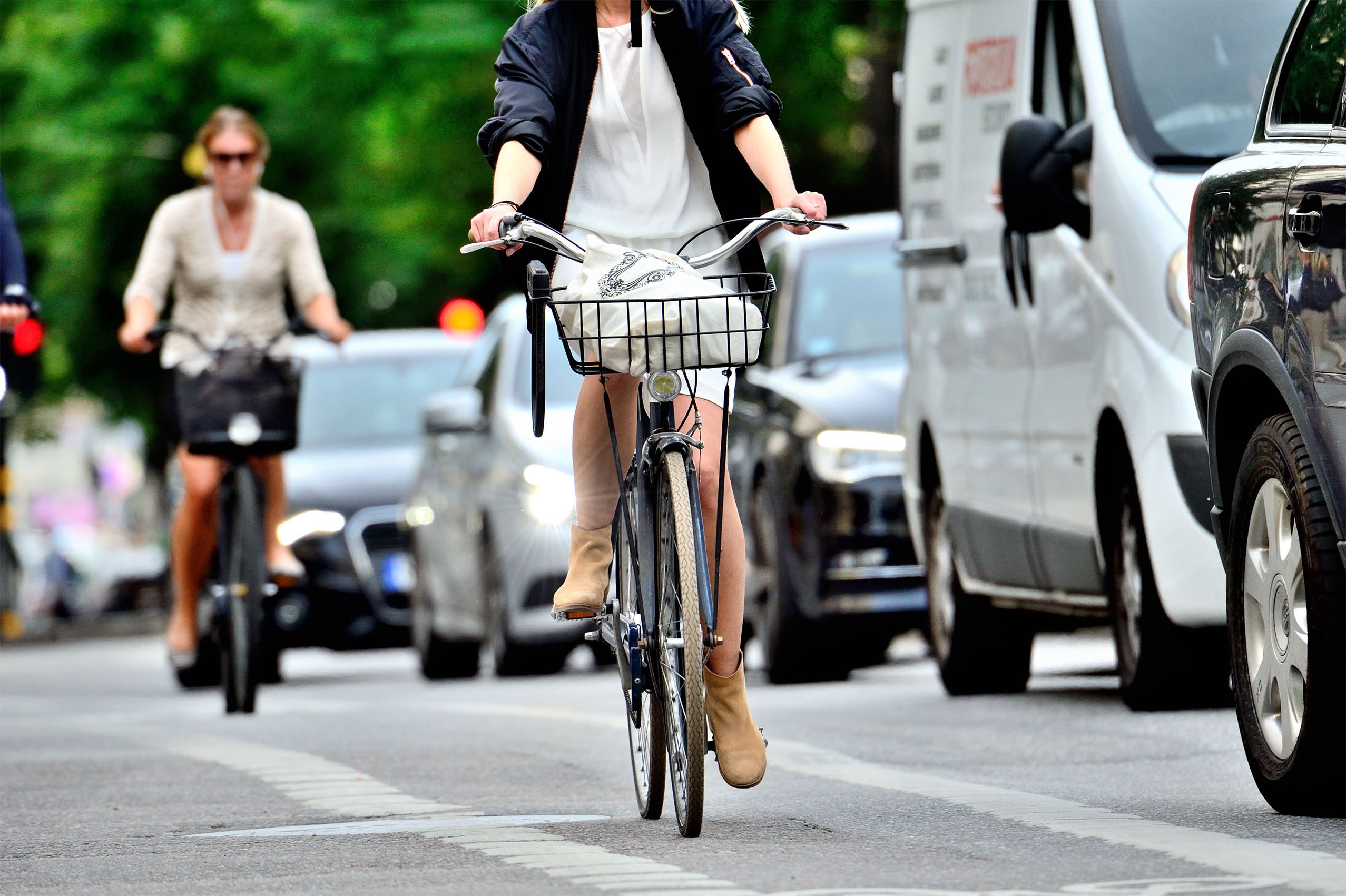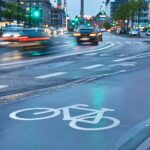
“Smart digital control can transform the urban public space”
By Henk den Breejen for Biind
In our rapidly changing world of urbanization and construction, public space in cities is important. Cities want to meet the growing needs of their inhabitants and evolve toward efficient, sustainable, and livable environments. Smart digital control is going to play an important role in this.
There is no denying the stranglehold of urbanization. The number of inhabitants is growing, which is putting increasing pressure on the public space. Inhabitants have a great need for mobility, but mobility means more cars will enter the city. And more cars means less public space for other purposes.
Cities are responding by creating vehicle-restricted central areas and are adapting their traffic management strategies from flow to eco-friendliness and livability. To do this properly, however, insight, overview, and options to intervene are necessary: smart digital control. This is so because the situation requires more than just adapting traffic management.
Take reconsidering the use of public space as an example. Streets and squares can be designed in such a way that they are multifunctional and suit the needs of pedestrians, cyclists, public transport, and shared mobility services. They can be adjusted to prioritize walking, cycling, public transport, and mobility as a service over private cars.
I am part of the DRO-DMI project (Digitale Regie op de openbare ruimte [Digital Control of public space], as part of the Dutch Metropolitan Innovations program). We have found that we are dealing with a complex system that must take many different factors into account. There is a risk that measures will be self-defeating or at cross purposes with each other. Take vehicle-restricted areas, for instance: a great idea, but such areas can lead to inequality and restriction of freedom for vulnerable road users, thus undermining inclusivity. I believe the future requires measures such as increasing multimodality, on the basis of predictions, smart access, curb management, and smart parking and loading. A wide range of possibilities that must be coordinated by a digital controller or “load balancer”.
This controller will have to coordinate all possible measures across space and time and protect a certain equilibrium. Imbalance in any area should be avoided as much as possible, as resolving imbalance takes a lot of time.
To summarize: digital control over the public space is a complex puzzle that we can solve together and that will create a more livable situation for both inhabitants and visitors of cities alike. What is the optimal situation for you?



